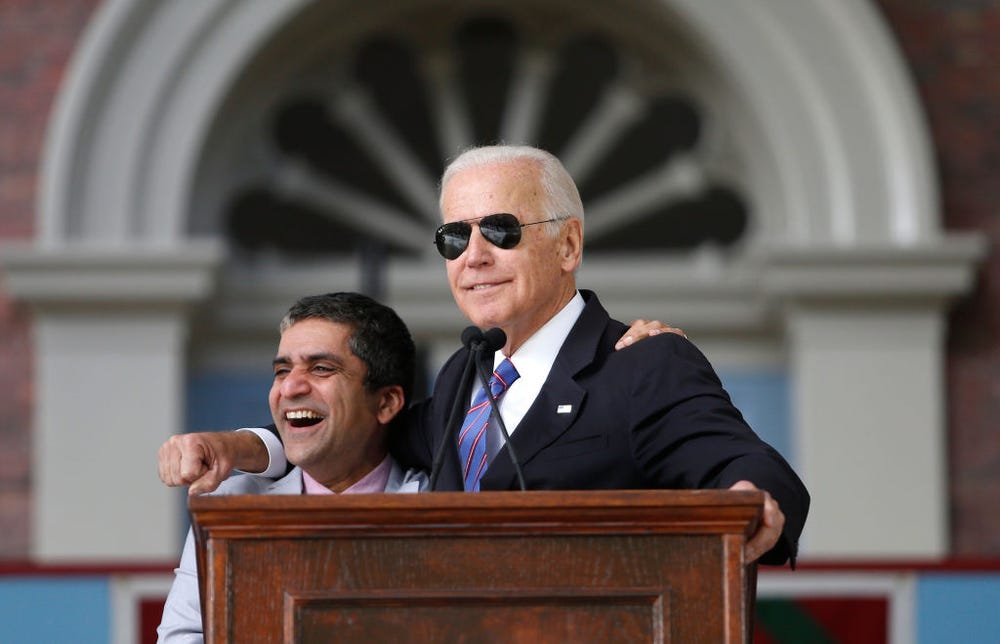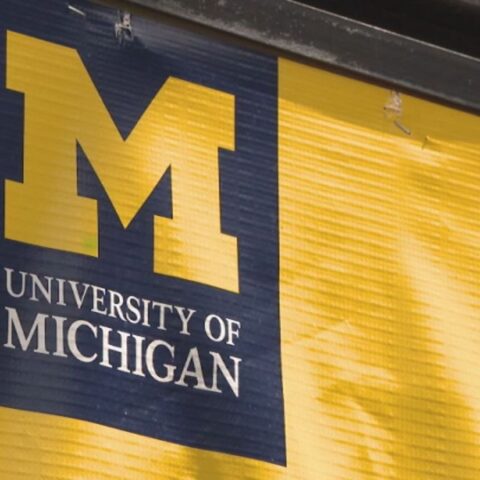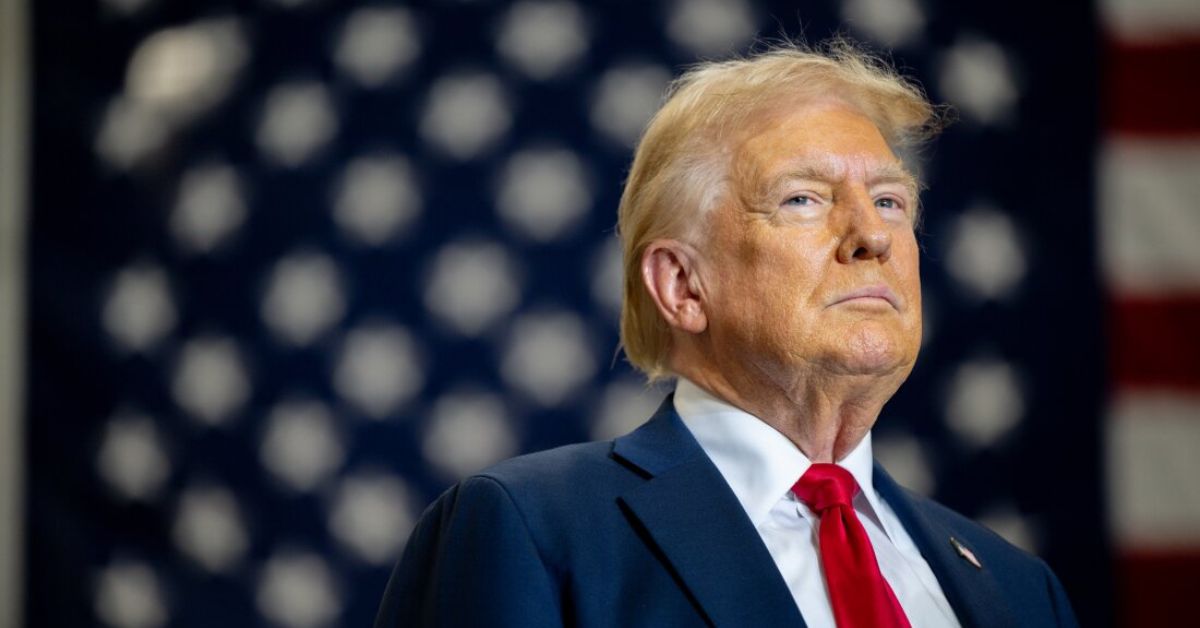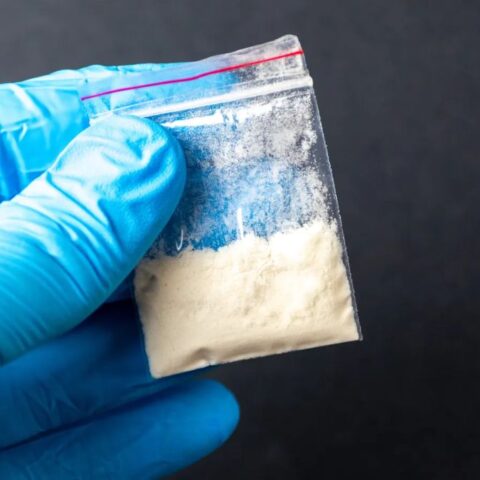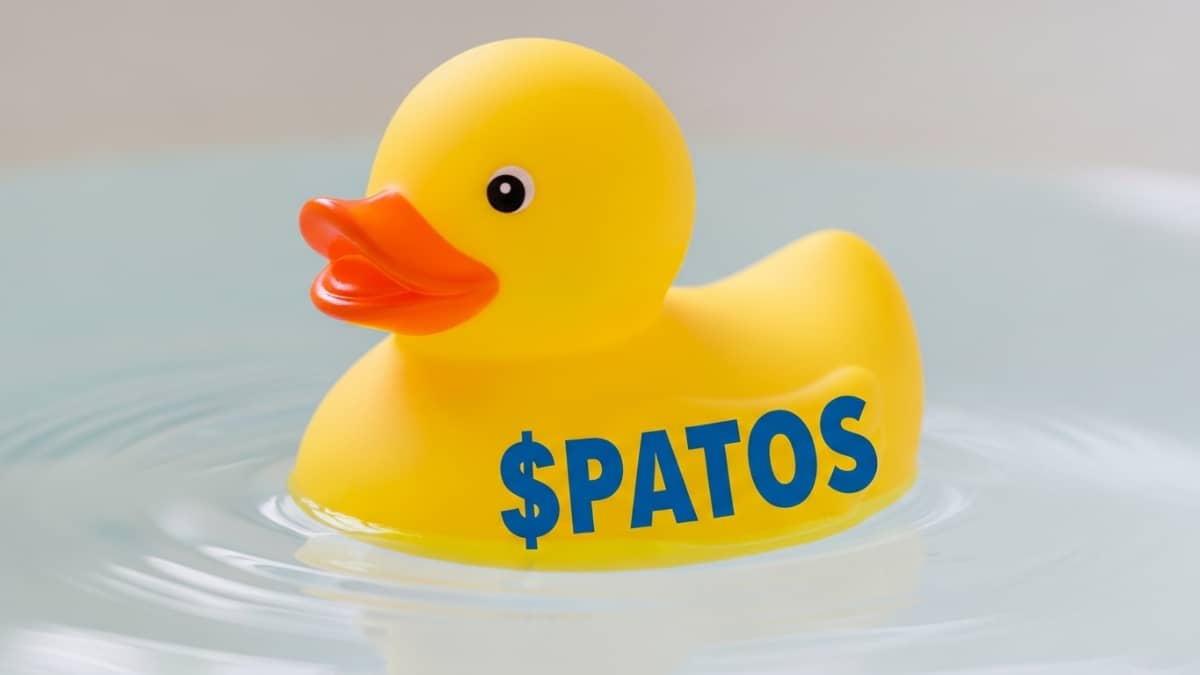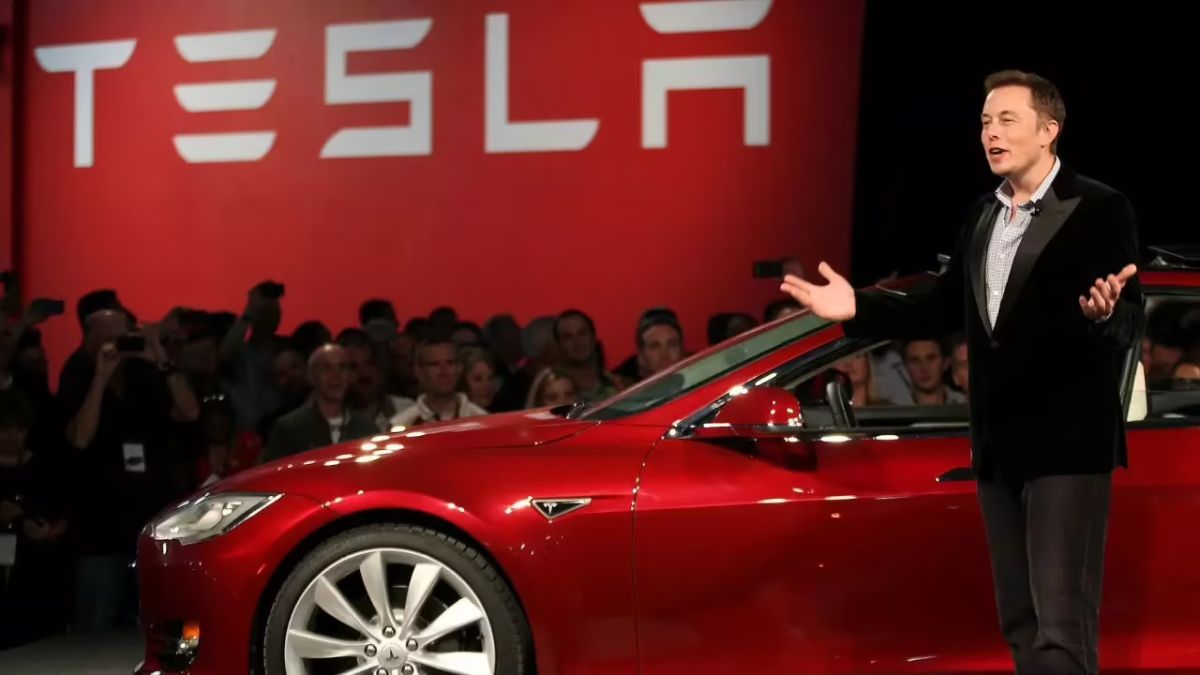A major Biden administration project to electrify the U.S. Postal Service (USPS) delivery fleet is facing heavy criticism after producing just 250 electric trucks in more than two years, far short of its targets.
The $10 billion plan, partly funded by $3 billion from the 2022 Inflation Reduction Act, aimed to deliver 35,000 battery-powered mail trucks by September 2028. However, despite spending $1.7 billion so far, production has lagged badly.
Wisconsin-based manufacturer Oshkosh Defense, which received a $2.6 billion contract to build the new trucks, has delivered only 93 vehicles as of late 2024. This number is far below the 3,000 trucks Oshkosh had promised by that time. By mid-2025, the company’s factory was producing just one truck per day—well under its goal of 80 trucks per day.
The project has been plagued by technical problems, including airbag failures and severe leaks in prototype vehicles. An Oshkosh executive reportedly tried to alert USPS about the issues in 2022, but superiors blocked the warning. Former Postmaster General Louis DeJoy distanced himself from the project delays, stating, “I’m in the parcel delivery business, not the vehicle manufacturing business.”
Republican lawmakers have criticized the program as a waste of taxpayer money. Senator Joni Ernst (R-Iowa) called it a “multi-billion-dollar boondoggle” and is pushing to cancel the remaining $1.3 billion in funding. “Biden’s multi-billion-dollar EV fleet for the USPS is lost in the mail,” Ernst said. “I am working to cancel the order and return the money to the sender—the American people.”
The USPS has ordered a total of 51,500 Next Generation Delivery Vehicles (NGDVs), including 35,000 electric models. So far, just over 250 electric NGDVs have been delivered. However, nearly 8,000 Ford E-Transit EVs have also been added to the USPS fleet.
USPS says the modernization of its delivery vehicles is part of a larger $40 billion investment strategy to replace aging trucks, some of which date back to 1987 and are known for poor fuel efficiency and frequent mechanical problems.
Despite President Biden’s goal of a fully electric USPS fleet by 2026, the effort remains stalled. In February 2025, the Government Accountability Office labeled USPS as “high risk” due to its financial struggles. The Postal Service lost $9.5 billion in 2024.
President Donald Trump previously suggested merging USPS with the Department of Commerce to address its long-standing budget issues, saying, “We want to have a post office that works well and doesn’t lose massive amounts of money.”
The program’s future now lies with newly appointed Postmaster General David Steiner, who took office in July 2025, just as the USPS approaches its 250th anniversary.

